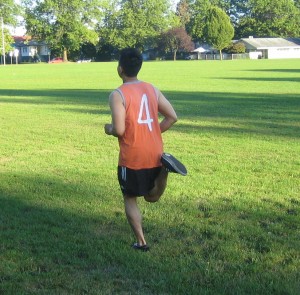A bone bruise is a traumatic injury caused by a strong impact during sports, accidents or a direct hit. It has severe pain that last for months. A bone bruise makes daily activities difficult and there is bleeding inside a bone, damage to the bone marrow or the innermost layer of the bone.
Symptoms
- Swelling of tissues around the bone such as skin and muscles and discoloration of the area.
- When a bruise happens near a joint, fluids and blood can spread to the joints which causes it to swell.
Causes
- Bone bruise can be caused by twisting injuries such as sprained ankles and knees and twisting a joint which causes the bone to collide with each other
- An injury from sports that involves falling or bumping on hard objects or other players. It is the knees and ribs are usually affected.
- High velocity trauma caused to a bone such as vehicular accidents, blunt force and a high fall can result to hematoma, a contusion or a bruise to the affected area.
An injury from sports that involves falling or bumping on hard objects or other players.
Treatment
- Take plenty of rest especially the affected area in order to help the body generate new bone tissue without stressing the affected area. Stress can result to a break in the bone.
- If bone bruise happens on the leg, use crutches in order to help lessen weight placed on the affected bone.
- A brace, cast or a sling can be used in order to help rest bone bruise that happens in the upper extremities.
- Wear a splint or use athletic tape in order to help support the affected area when the affected person can continue playing sports.
- Apply an ice pack on the affected area for at least 10-15 minutes every 3-4 hours for 2-3 days to help lessen swelling.
- Applying heat on the affected area helps minimize pain and promote fast healing of the area. Heat application can be carried out many ways such as hot water bottles, heat packs, microwavable pads and also a hot shower. Apply heat for at least 15-20 minutes at a time for 3-4 days. Avoid placing the heat or hot water bottles directly to the skin. Wrap it with a towel or a piece of cloth in order to prevent burning of the skin.
- Take the prescribed pain and anti-inflammatory medications such ibuprofen or naproxen to help minimize pain and inflammation.
- Elevate the affected area above the level of the heart throughout the day in order to help lessen the swelling.
- Seek the help of a physical therapist with appropriate exercises for every stage of healing. Range of motion exercises helps to reduce stiffness and mobility along with strengthening exercises and gait training in order to help the affected person to walk and stand properly if the lower extremities are affected.
- If there is severe pain, swelling or stiffness of the affected area while in the process of healing, inactivity while resting the injured area and there is a risk of blood pooling in the veins, seek medical help immediately.

